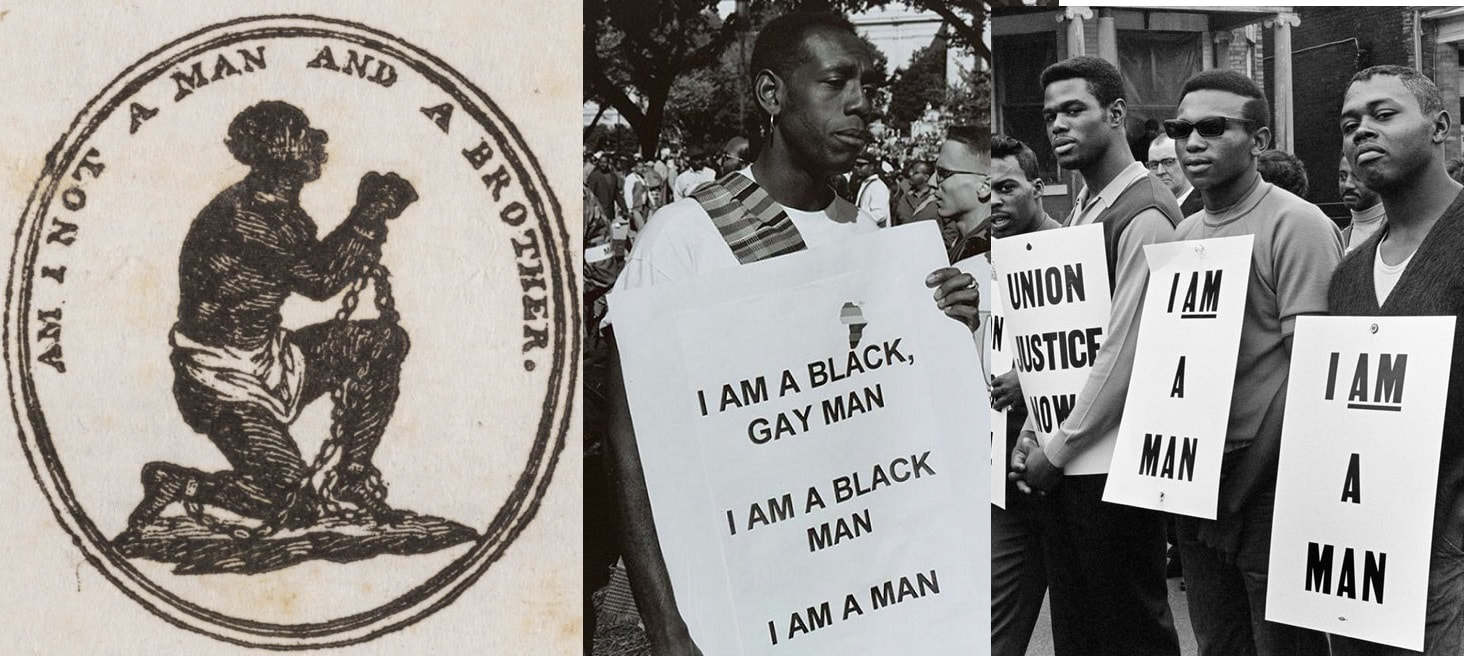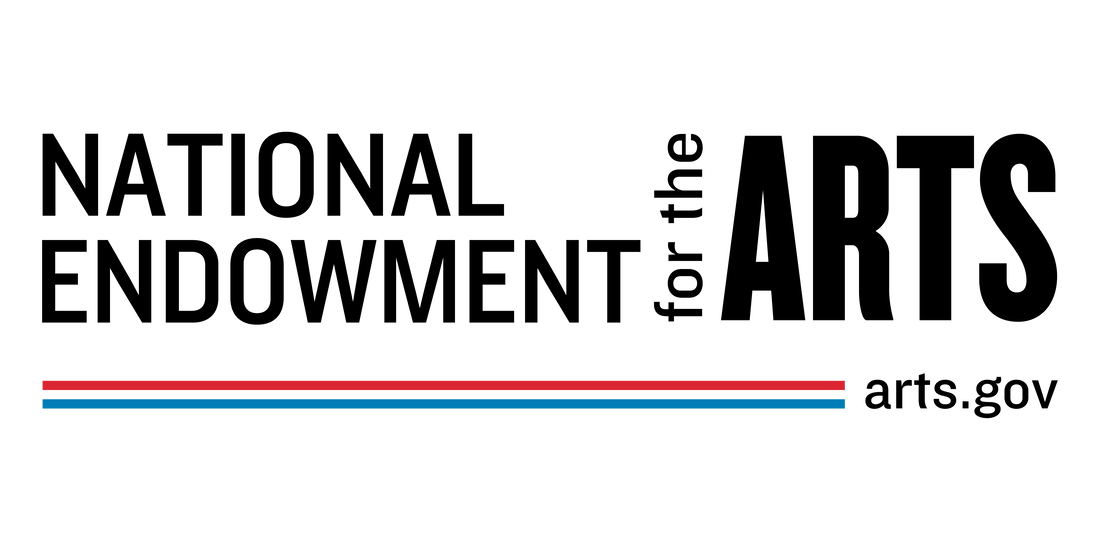|
by Anthony R. Green In June, Castle of our Skins is gearing up to present its first ever multi-event project entitled I AM A MAN 2019. As a response to last year's successful Ain't I a Woman project, I AM A MAN 2019 is centered on Black masculinty, civil rights, and - of course - music. The week-long residency at Hibernian Hall will include community events with children, youth, and adults, educational discussions, a free screening of the bold Raoul Peck documentary I Am Not Your Negro, and two concerts that feature Black male performers (music and dance) and music by Black male composers - along with performers and composers who are not Black and/or male. This project is an inspiration from this famous civil rights declaration, which stems back to the 1700's. During the times of the transatlantic slave trade, grown men were often referred to as boy as a racist insult. As abolitionist movements strengthened, the catch phrase "Am I not a man and a brother?" arose as counter to such an insult, but also as a way to affirm the humanity of Black people. The emblem that was created in 1787 (left in the photo above) ultimately became a fashion statement promoting justice, humanity, and freedom. Almost 100 years later, the Ponca chief Standing Bear, in a court trial in Omaha to allow his son to be buried in Nebraska, declared in his plea: "That hand is not the color of yours, but if I pierce it, I shall feel pain. If you pierce your hand, you also feel pain. The blood that will flow from mine will be the same color as yours. I am a man. God made us both."
The declaration was used heavily in the 1968 Mephis Sanitation Strike. Five years earlier, Dr. Martin Luther King gave his iconic I Have a Dream speech at the March on Washington for Jobs and Freedom (which was organized by Bayard Rustin). While that march was a momentous event, it did not rid Memphis from its heavily racist society, which equated to miserable working conditions for its Black workers, especially the sanitation workers. A year after that march, two sanitation workers died from being crushed to death by a garbage compactor in Memphis. While the workers wanted to strike after these deaths, the conditions were not amenable. However, four years after that (in 1968), two more workers died in the same way. Soon after these deaths - on February 12th, over 1,300 workers did not show up to work one day, and more left work as word got out. This action grew to a full-fledged strike of sanitation and sewage workers, as well as other sympathizers. As the racist mayor refused to meet with the workers or discuss their demands, the strike grew, attracting thousands of people, and visits from known activists and civil rights leaders. Trash started to pile up on the streets and violence broke out. Dr. Martin Luther King visited the striking workers in March and in April. His assassination on April 4th happened the day after he gave his last speech, commonly referred to as "I've been to the mountaintop." His assassination intensified the strike, which ended April 16th. All the while, many of the striking workers and marchers held signs that declared I AM A MAN! (right in the photo above) Outside of these events, this declaration has been used in many other marches and events, including pride marches (middle in photo above), festivals, poetry, songs, spoken word artistry, and more. It is powerful, simple, clear, and true; it is a message that must be taken seriously by ALL! Stay tuned for I AM A MAN 2019, first week of June 2019!
0 Comments
Leave a Reply. |
Details
Writings, musings, photos, links, and videos about Black Artistry of ALL varieties!
Feel free to drop a comment or suggestion for posts! Archives
May 2024
|
Member Login
Black concert series and educational programs in Boston and beyond


 RSS Feed
RSS Feed










